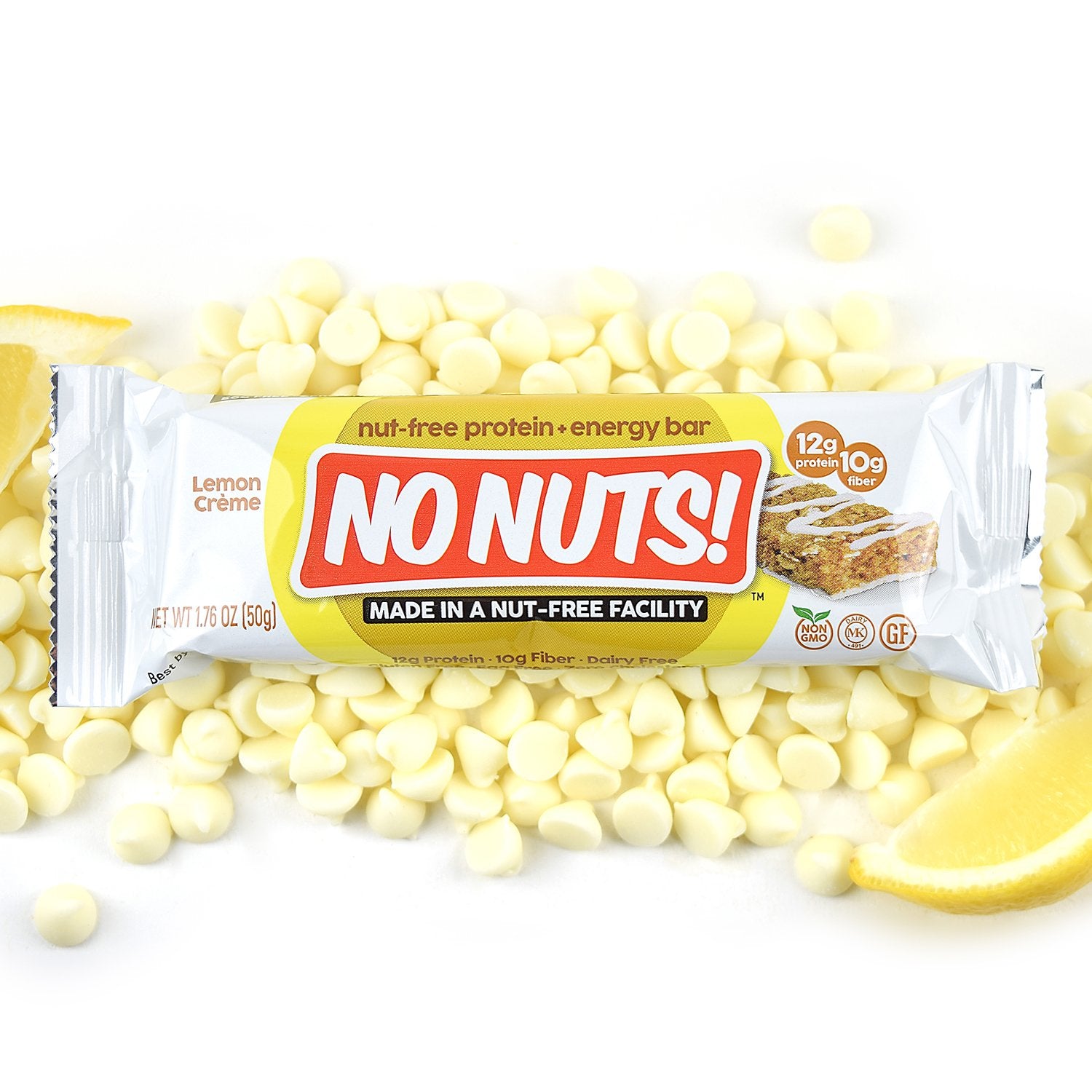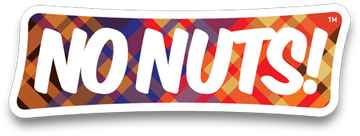Understanding Food Labels: How to Spot Hidden Nuts
Apr 24, 2024
For those with nut allergies, navigating food labels can be a daunting task. While some products clearly state the presence of nuts, others may contain hidden sources of these allergens. In this post, we'll explore how to decipher food labels and identify potential sources of nuts to help keep you or your loved ones safe.
1. Know the Different Names for Nuts
Nuts can appear under various names on food labels. Common examples include almonds, cashews, hazelnuts, macadamia nuts, pecans, pistachios, and walnuts. However, some less obvious names to watch out for include:
- Anacardium nuts (cashews)
- Mandelonas (peanuts)
- Pignolia (pine nuts)
2. Look for Allergen Statements
In addition to the ingredient list, food manufacturers are required to clearly state if a product contains any of the top 8 allergens, including peanuts and tree nuts. Look for statements such as "Contains: Almonds" or "May contain traces of peanuts" to identify potential sources of nuts.
3. Be Cautious of Precautionary Labeling
Some products may include precautionary statements like "May contain nuts" or "Processed in a facility that also processes nuts." While these warnings are voluntary, it's best to avoid these products if you have a severe nut allergy.
4. Choose Nut-Free Alternatives
When in doubt, opt for products that are specifically labeled as nut-free, such as No Nuts! Protein Bars. These snacks are made in a dedicated nut-free facility, ensuring that they're safe for those with nut allergies.
5. Be Aware of Cross-Contamination
Even if a product doesn't contain nuts as an ingredient, it may still be at risk for cross-contamination if it's processed on the same equipment as products containing nuts. When eating out or purchasing food from a bakery or deli, always inform the staff of your allergy and ask about their food preparation practices.

6. Understand the Limitations of Food Labels
While food labels are essential for identifying potential allergens, they're not always foolproof. Some products may be mislabeled, or the ingredient list may change without warning. Always trust your instincts and err on the side of caution if you're unsure about a product.
By understanding how to read food labels and identify potential sources of nuts, you can make informed decisions about the products you consume. Remember to always carry your epinephrine auto-injector and educate your friends and family about your allergy to help keep you safe.
For more information on navigating life with a nut allergy, check out our tips for living a nut-free life.
More Details:
Understanding Food Labels
The first step in avoiding hidden nuts is to understand how food labels
work. The Food Allergen Labeling and Consumer Protection Act (FALCPA)
requires that all food manufacturers label their products with information
about the top eight allergenic ingredients, including peanuts and tree
nuts. However, it's essential to note that FALCPA does not apply to every
ingredient, so it's crucial to read the entire label carefully.
Spotting Hidden Nuts
Now that you understand how food labels work, let's dive into how to spot
hidden nuts in your food products. Here are some common hiding places for
nuts:
Ingredient List
Nuts can be listed under various names such as peanut
butter, groundnuts, or even vanilla extract. Always check the ingredient
list carefully before making a purchase.
Nutrition Facts: Even if the product doesn't contain nuts directly, it
may still contain traces of nuts due to cross-contamination during
processing. Be sure to check the nutrition facts panel for any trace
amounts of nuts.
Food Safety Information
Some products may list food safety information
such as warnings about potential allergens. Check these labels carefully
to ensure that they don't contain hidden nuts.
To help you identify which products are safe for nut-free living, we have
included product images and internal links to relevant content in the
following sections. Be sure to check these images and links carefully
before making a purchase.
Understanding food labels and spotting hidden nuts can seem like a
daunting task, but with the right knowledge and tools, it's easy to
navigate the grocery store and make informed decisions about your nut-free
lifestyle. Remember to always read the label carefully and check for any
traces of nuts in the ingredient list, nutrition facts panel, or food
safety information. And don't forget to consult our product images and
internal links for help identifying safe products. Stay safe and healthy
with your nut-free living!



